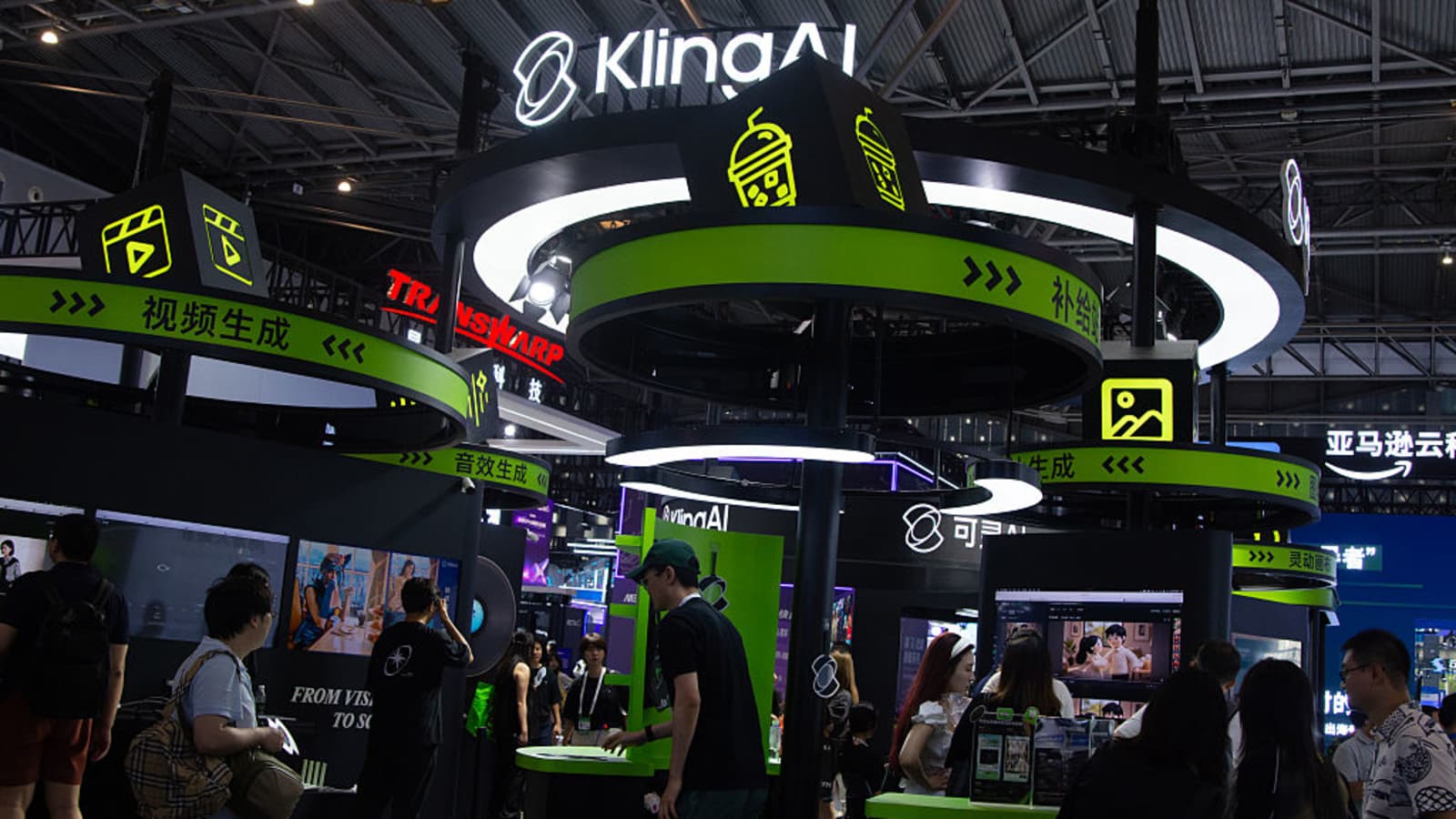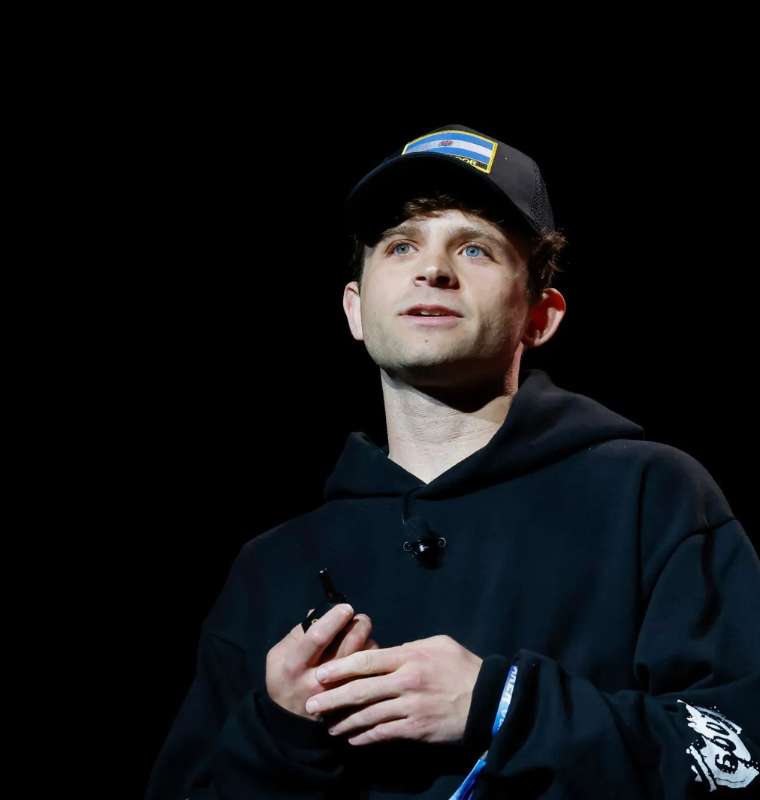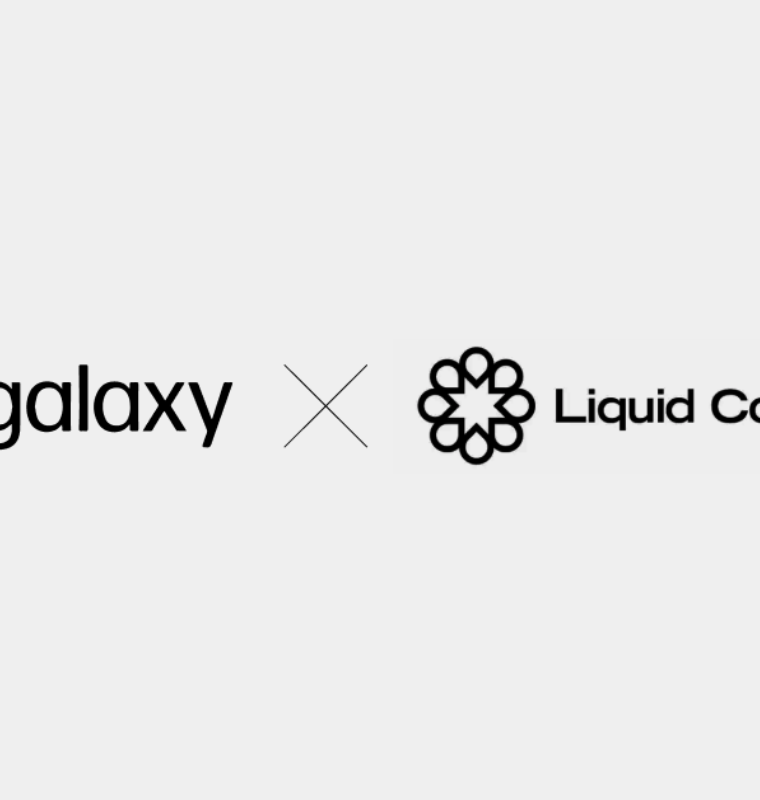From TikTok to AI Filmmaking: Chinese Tech Firms Push the Boundaries of Video Generation
From TikTok to AI Filmmaking: Chinese Tech Firms Push the Boundaries of Video Generation
By
Rachel Steinberg
Last updated:
August 4, 2025
First Published:
August 6, 2025

Kuaishou’s Kling AI platform generates video from text and still images. | Nurphoto | Nurphoto | Getty Images
China’s AI-Driven Video Revolution Is Just Getting Started
After reshaping global entertainment with TikTok, Chinese companies are now accelerating innovation in generative video AI—an emerging frontier that could revolutionize content production, advertising, animation, and gaming.
Armed with troves of video consumption data and a competitive developer base, Chinese firms like ByteDance, Kuaishou, and Alibaba are racing ahead with AI tools that transform text, images, or audio prompts into full-fledged video clips. While American tech giants like Google, Amazon, and Microsoft-backed OpenAI have also entered the race, Chinese players are rapidly establishing commercial dominance—especially in Asia and Europe.
ByteDance and Kuaishou Take the Lead
According to research firm Artificial Analysis, ByteDance—the parent company of TikTok—claims both the top and third spots globally in text-to-video AI model rankings, with Google in second and fourth. Kuaishou’s Kling AI, a rising powerhouse, ranks fifth.
Kling AI, unveiled in June 2024, now boasts over 20,000 commercial users, including advertisers, filmmakers, and digital studios. The platform's latest version, Kling 2.1, features auto-generated sound effects synchronized with AI-rendered visuals—making it a valuable tool for creating immersive content with minimal human input.
Zeng Yushen, head of operations at Kling, noted that most of the tool’s users and revenue come from overseas, including markets like Japan, South Korea, and Europe. “AI big models are increasingly globalized,” she said. “People don’t seem to care which country’s product it is.”
In Q1 2025 alone, Kling AI generated over 150 million yuan ($20.8 million) in revenue, with a daily average ad spend of 30 million yuan, showcasing a scalable business model.
AI’s Commercial Potential—and Its Limits
UBS China internet analyst Wei Xiong emphasized that AI video generation could reshape the global content industry by lowering production barriers, cutting costs, and opening new monetization streams. However, she also cautioned that “current models are still limited”—especially in generating long clips, maintaining motion consistency, and offering controllable outputs.
Still, the trend is clear: AI tools are reducing the need for traditional production pipelines, enabling anyone—from small businesses to large studios—to generate polished video content in minutes.
Competition Heats Up Between China and the U.S.
Despite restrictions from the U.S. government on semiconductor exports to China, the generative AI race remains intense. American tech firms like Amazon and Google have released video-from-text tools, while OpenAI’s Sora, announced in February 2024 and rolled out to ChatGPT subscribers in December, has gained international attention.
But Chinese firms were quicker to commercialize. Kling AI launched six months earlier than Sora, and other Chinese startups are thriving too. Shengshu’s Vidu, a Beijing-based tool, expects $20 million in annual revenue purely from subscriptions, according to company estimates.
Industry Use Cases: From Ads to Fashion and Beyond
Chinese companies aren’t stopping at entertainment. Startups are identifying real-world pain points and building tools for niche commercial sectors:
- 3DStyle, a startup, uses generative AI to design digital clothing and syncs with automated manufacturing systems.
- Alibaba’s Wan2.2, an open-source AI video model launched this week, gives users unprecedented control over lighting, framing, time of day, and tone. Since February, the “Wan” series has been downloaded 5.4 million+ times on platforms like Hugging Face and China’s ModelScope.
“The era of AI-enhanced storytelling is over—we’ve entered the age of AI as the storyteller itself,” said Winston Ma, NYU professor and author of The Digital War. With 1.4 billion people, China has a massive dataset for training and refining these models, giving local companies a strong edge.
Expanding into Gaming and Virtual Commerce
AI video generation is also merging with gaming and digital avatars:
- Tencent recently launched Hunyuan World, a generative 3D visual model that builds panoramic environments from simple text and visual prompts. The outputs use editable “mesh” formats favored by game developers.
- Baidu announced its AI-powered digital human technology, which helped generate over $7.65 million in livestream sales during a six-hour broadcast in June. The company plans to expand the tool’s availability to businesses by October.
According to Niko Partners, more than 50% of Chinese game development studios already use generative AI tools to accelerate production and reduce costs. However, not all implementations have been well received. “We’ve seen backlash from gamers when AI is poorly integrated,” said Daniel Ahmad, Niko’s director of research.
The Future: China’s Vision for Global AI Leadership in Video
As generative AI models mature, China’s tech ecosystem appears well-positioned to lead the global transformation of video content—not just in short-form entertainment, but in advertising, e-commerce, education, and immersive storytelling.
Much like TikTok redefined the mobile video era, companies like ByteDance, Kuaishou, Alibaba, and Tencent are now shaping what comes next. And with billions in revenue already flowing through AI video platforms, the generative media future isn’t speculative—it’s already unfolding.
Popular articles
Subscribe to unlock premium content
Disney’s Timeless Magic and How the Entertainment Giant Continues to Shape Culture and Innovation

Imran Khan’s Economic Missteps Amid Political Chaos in Pakistan

The Philippines’ Digital Shift How Remittances and BPO Are Fueling Growth

Disney’s Timeless Magic and How the Entertainment Giant Continues to Shape Culture and Innovation

Imran Khan’s Economic Missteps Amid Political Chaos in Pakistan

Disney’s Timeless Magic and How the Entertainment Giant Continues to Shape Culture and Innovation









